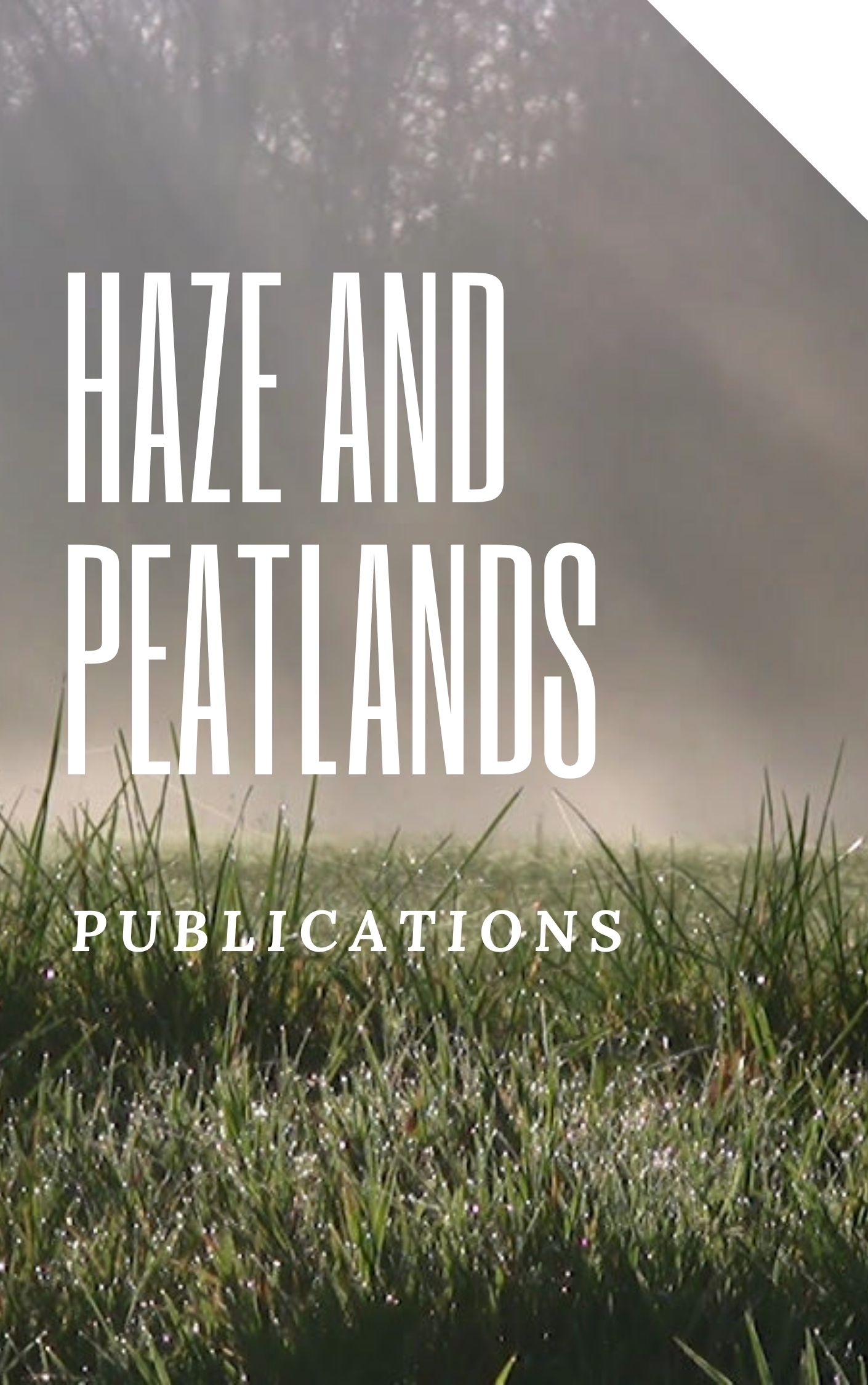Forest area is the largest and most important part of the territory of the Republic of Indonesia but still faces many challenges, including deforestation, forest fires, peat swamp degradation and poverty of local communities due to horizontal and vertical forestry conflicts. This paper focuses on the analysis of forestry development based on spatial planning and agrarian perspective by conveying various facts. A single and centralistic authority over forest areas does not provide an effective basis for sustainable resource governance. There is a dualism of spatial and agrarian planning system namely between forest areas and non-forest areas. It should be integrated by mainstreaming inclusive collaborative management. We recommend promoting forest areas' arrangement under the control of an integrated spatial planning system for the people's greatest possible prosperity, including forestry management principles and objectives. Rationalisation of forest allocation (spatial pattern plan), which the optimum forest allocation must be viewed from the perspective of the overall spatial balance (both forest and non-forest areas, and between protected and cultivated areas) to provide land for food production, social welfare and environmental functions. Forestry implementation needs to consider the principles of economies of scale and prioritise benefits for local communities living bordering forests areas, especially for food cultivation areas. The government should commit to allocating at least 15 million ha inclusively by prioritising landless farmers and smallholder farmers. Increasing community participation in forest area utilisation and functions is pursued through increasing forest access for the community (social forestry and other schemes) without neglecting conservation functions.
View source

